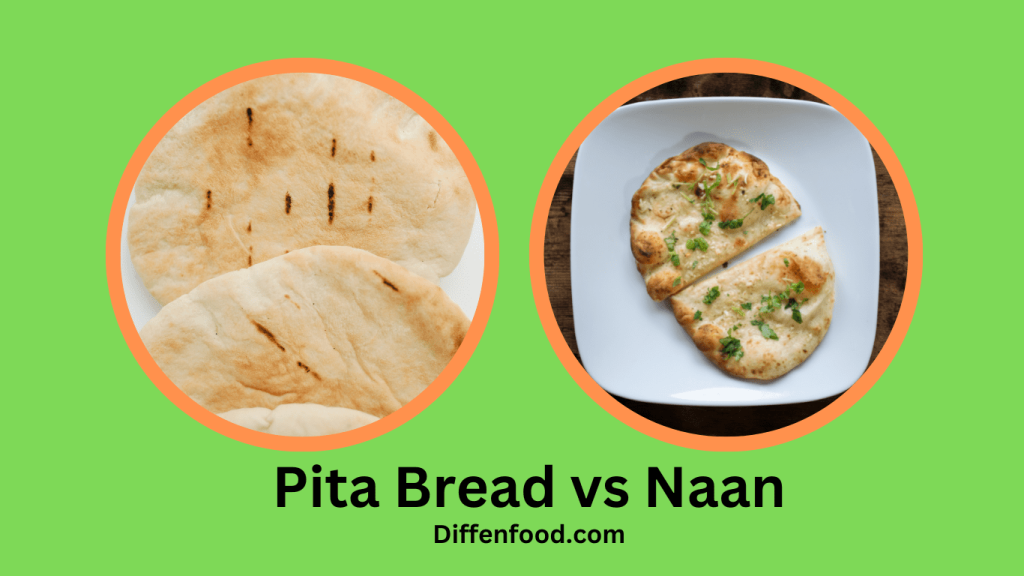
Banana peppers and pepperoncini have a lot in common but there are also some distinct differences between these two zesty peppers. To help you understand the differences, we’ve outlined the key characteristics of each pepper. Keep reading to learn more about the differences between banana peppers and pepperoncini.
Origin of Banana Peppers and Pepperoncini
Banana peppers are believed to have originated in Central and South America. They have since spread throughout the world and are now widely cultivated in the United States, Africa, and Europe, among other countries. Pepperoncini, on the other hand, originated in Italy and is now grown in the Mediterranean region.
Taste and Flavor
Banana peppers are mild and sweet, with a slightly tangy flavor. They are typically eaten raw or pickled and can also be cooked. Pepperoncini, however, are slightly more pungent than banana peppers, with a mild spicy flavor. The flavor of pepperoncini is also slightly nutty and tangy.
Appearance and Color
Banana peppers are usually bright yellow and can range from 5-10 inches in length. They are curved and have a smooth skin. Pepperoncini, on the other hand, are a bright yellow-green color and are usually about 3-4 inches in length. They are also curved but have a wrinkled skin.
Uses and Preparation
Banana peppers are most commonly used to add flavor to dishes. They can be eaten raw, pickled, or cooked. They are often used in sandwiches, salads, and sauces. Pepperoncini, on the other hand, are most often used to make pickles and can also be used to add flavor to salads and sandwiches.
Nutritional Value
Banana peppers are high in Vitamin C and also contain a good amount of Vitamin A, fiber, and potassium. They are also low in calories and fat. Pepperoncini, on the other hand, are high in Vitamin C and are a good source of fiber, folate, and potassium.
Heat Level
Banana peppers are one of the mildest peppers and have a heat level ranging from 0-500 Scoville heat units. Pepperoncini, on the other hand, have a heat level ranging from 100-500 Scoville heat units.
Availability
Banana peppers are widely available in grocery stores and farmers markets. They can also be grown in home gardens. Pepperoncini, on the other hand, are harder to find in grocery stores and may only be available at specialty stores.
Substitutions
If you can’t find banana peppers or pepperoncini, there are some good substitutes. For banana peppers, you can use sweet bell peppers or jalapenos. For pepperoncini, you can use banana peppers or pimentos.
Health Benefits
Both banana peppers and pepperoncini are rich in vitamins and minerals and can provide a variety of health benefits. They can help boost immunity, aid digestion, and reduce inflammation. They can also help lower blood pressure and cholesterol levels.
Conclusion
Banana peppers and pepperoncini are both zesty and flavorful peppers with a variety of uses. They have some similarities, such as their mild heat level and nutritional value, but they also have some distinct differences, such as their origin, flavor, and color. When it comes to choosing between the two, it really comes down to personal preference. Both are great additions to a variety of dishes and can provide numerous health benefits.


